Jing Chen
Cardiff University
SurveyGen-I: Consistent Scientific Survey Generation with Evolving Plans and Memory-Guided Writing
Aug 20, 2025Abstract:Survey papers play a critical role in scientific communication by consolidating progress across a field. Recent advances in Large Language Models (LLMs) offer a promising solution by automating key steps in the survey-generation pipeline, such as retrieval, structuring, and summarization. However, existing LLM-based approaches often struggle with maintaining coherence across long, multi-section surveys and providing comprehensive citation coverage. To address these limitations, we introduce SurveyGen-I, an automatic survey generation framework that combines coarse-to-fine retrieval, adaptive planning, and memory-guided generation. SurveyGen-I first performs survey-level retrieval to construct the initial outline and writing plan, and then dynamically refines both during generation through a memory mechanism that stores previously written content and terminology, ensuring coherence across subsections. When the system detects insufficient context, it triggers fine-grained subsection-level retrieval. During generation, SurveyGen-I leverages this memory mechanism to maintain coherence across subsections. Experiments across four scientific domains demonstrate that SurveyGen-I consistently outperforms previous works in content quality, consistency, and citation coverage.
GLM-4.1V-Thinking: Towards Versatile Multimodal Reasoning with Scalable Reinforcement Learning
Jul 02, 2025Abstract:We present GLM-4.1V-Thinking, a vision-language model (VLM) designed to advance general-purpose multimodal understanding and reasoning. In this report, we share our key findings in the development of the reasoning-centric training framework. We first develop a capable vision foundation model with significant potential through large-scale pre-training, which arguably sets the upper bound for the final performance. We then propose Reinforcement Learning with Curriculum Sampling (RLCS) to unlock the full potential of the model, leading to comprehensive capability enhancement across a diverse range of tasks, including STEM problem solving, video understanding, content recognition, coding, grounding, GUI-based agents, and long document understanding. We open-source GLM-4.1V-9B-Thinking, which achieves state-of-the-art performance among models of comparable size. In a comprehensive evaluation across 28 public benchmarks, our model outperforms Qwen2.5-VL-7B on nearly all tasks and achieves comparable or even superior performance on 18 benchmarks relative to the significantly larger Qwen2.5-VL-72B. Notably, GLM-4.1V-9B-Thinking also demonstrates competitive or superior performance compared to closed-source models such as GPT-4o on challenging tasks including long document understanding and STEM reasoning, further underscoring its strong capabilities. Code, models and more information are released at https://github.com/THUDM/GLM-4.1V-Thinking.
Bridging the Gap Between Semantic and User Preference Spaces for Multi-modal Music Representation Learning
May 29, 2025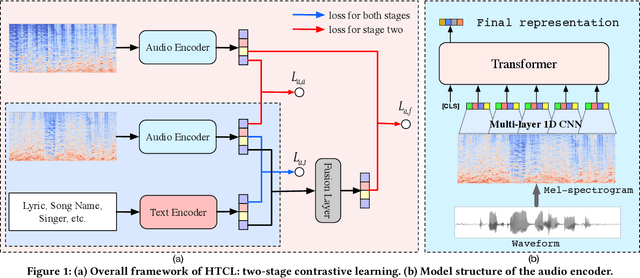
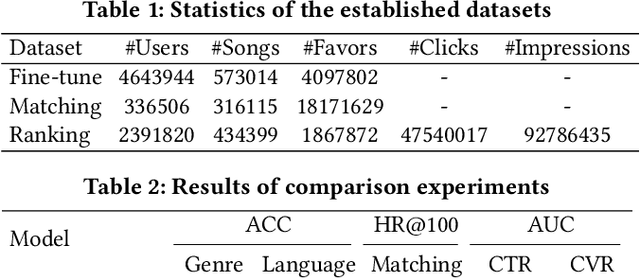
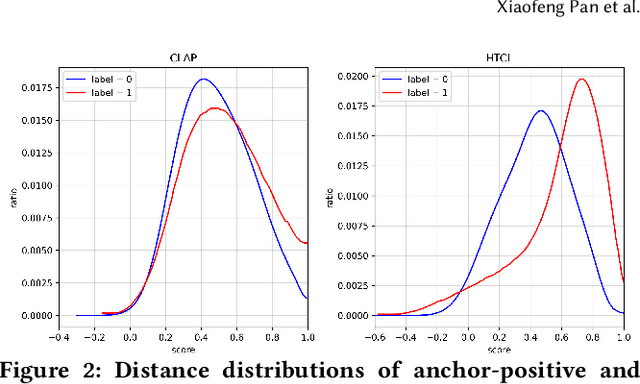
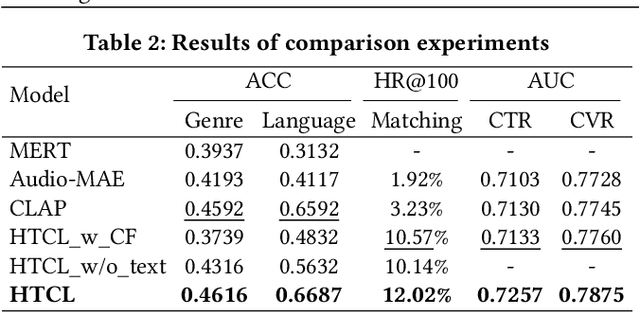
Abstract:Recent works of music representation learning mainly focus on learning acoustic music representations with unlabeled audios or further attempt to acquire multi-modal music representations with scarce annotated audio-text pairs. They either ignore the language semantics or rely on labeled audio datasets that are difficult and expensive to create. Moreover, merely modeling semantic space usually fails to achieve satisfactory performance on music recommendation tasks since the user preference space is ignored. In this paper, we propose a novel Hierarchical Two-stage Contrastive Learning (HTCL) method that models similarity from the semantic perspective to the user perspective hierarchically to learn a comprehensive music representation bridging the gap between semantic and user preference spaces. We devise a scalable audio encoder and leverage a pre-trained BERT model as the text encoder to learn audio-text semantics via large-scale contrastive pre-training. Further, we explore a simple yet effective way to exploit interaction data from our online music platform to adapt the semantic space to user preference space via contrastive fine-tuning, which differs from previous works that follow the idea of collaborative filtering. As a result, we obtain a powerful audio encoder that not only distills language semantics from the text encoder but also models similarity in user preference space with the integrity of semantic space preserved. Experimental results on both music semantic and recommendation tasks confirm the effectiveness of our method.
CiUAV: A Multi-Task 3D Indoor Localization System for UAVs based on Channel State Information
May 27, 2025



Abstract:Accurate indoor positioning for unmanned aerial vehicles (UAVs) is critical for logistics, surveillance, and emergency response applications, particularly in GPS-denied environments. Existing indoor localization methods, including optical tracking, ultra-wideband, and Bluetooth-based systems, face cost, accuracy, and robustness trade-offs, limiting their practicality for UAV navigation. This paper proposes CiUAV, a novel 3D indoor localization system designed for UAVs, leveraging channel state information (CSI) obtained from low-cost ESP32 IoT-based sensors. The system incorporates a dynamic automatic gain control (AGC) compensation algorithm to mitigate noise and stabilize CSI signals, significantly enhancing the robustness of the measurement. Additionally, a multi-task 3D localization model, Sensor-in-Sample (SiS), is introduced to enhance system robustness by addressing challenges related to incomplete sensor data and limited training samples. SiS achieves this by joint training with varying sensor configurations and sample sizes, ensuring reliable performance even in resource-constrained scenarios. Experiment results demonstrate that CiUAV achieves a LMSE localization error of 0.2629 m in a 3D space, achieving good accuracy and robustness. The proposed system provides a cost-effective and scalable solution, demonstrating its usefulness for UAV applications in resource-constrained indoor environments.
VGLD: Visually-Guided Linguistic Disambiguation for Monocular Depth Scale Recovery
May 06, 2025Abstract:We propose a robust method for monocular depth scale recovery. Monocular depth estimation can be divided into two main directions: (1) relative depth estimation, which provides normalized or inverse depth without scale information, and (2) metric depth estimation, which involves recovering depth with absolute scale. To obtain absolute scale information for practical downstream tasks, utilizing textual information to recover the scale of a relative depth map is a highly promising approach. However, since a single image can have multiple descriptions from different perspectives or with varying styles, it has been shown that different textual descriptions can significantly affect the scale recovery process. To address this issue, our method, VGLD, stabilizes the influence of textual information by incorporating high-level semantic information from the corresponding image alongside the textual description. This approach resolves textual ambiguities and robustly outputs a set of linear transformation parameters (scalars) that can be globally applied to the relative depth map, ultimately generating depth predictions with metric-scale accuracy. We validate our method across several popular relative depth models(MiDas, DepthAnything), using both indoor scenes (NYUv2) and outdoor scenes (KITTI). Our results demonstrate that VGLD functions as a universal alignment module when trained on multiple datasets, achieving strong performance even in zero-shot scenarios. Code is available at: https://github.com/pakinwu/VGLD.
Visually-Guided Linguistic Disambiguation for Monocular Depth Scale Recovery
May 05, 2025Abstract:We propose a robust method for monocular depth scale recovery. Monocular depth estimation can be divided into two main directions: (1) relative depth estimation, which provides normalized or inverse depth without scale information, and (2) metric depth estimation, which involves recovering depth with absolute scale. To obtain absolute scale information for practical downstream tasks, utilizing textual information to recover the scale of a relative depth map is a highly promising approach. However, since a single image can have multiple descriptions from different perspectives or with varying styles, it has been shown that different textual descriptions can significantly affect the scale recovery process. To address this issue, our method, VGLD, stabilizes the influence of textual information by incorporating high-level semantic information from the corresponding image alongside the textual description. This approach resolves textual ambiguities and robustly outputs a set of linear transformation parameters (scalars) that can be globally applied to the relative depth map, ultimately generating depth predictions with metric-scale accuracy. We validate our method across several popular relative depth models(MiDas, DepthAnything), using both indoor scenes (NYUv2) and outdoor scenes (KITTI). Our results demonstrate that VGLD functions as a universal alignment module when trained on multiple datasets, achieving strong performance even in zero-shot scenarios. Code is available at: https://github.com/pakinwu/VGLD.
A Comprehensive Survey in LLM(-Agent) Full Stack Safety: Data, Training and Deployment
Apr 22, 2025Abstract:The remarkable success of Large Language Models (LLMs) has illuminated a promising pathway toward achieving Artificial General Intelligence for both academic and industrial communities, owing to their unprecedented performance across various applications. As LLMs continue to gain prominence in both research and commercial domains, their security and safety implications have become a growing concern, not only for researchers and corporations but also for every nation. Currently, existing surveys on LLM safety primarily focus on specific stages of the LLM lifecycle, e.g., deployment phase or fine-tuning phase, lacking a comprehensive understanding of the entire "lifechain" of LLMs. To address this gap, this paper introduces, for the first time, the concept of "full-stack" safety to systematically consider safety issues throughout the entire process of LLM training, deployment, and eventual commercialization. Compared to the off-the-shelf LLM safety surveys, our work demonstrates several distinctive advantages: (I) Comprehensive Perspective. We define the complete LLM lifecycle as encompassing data preparation, pre-training, post-training, deployment and final commercialization. To our knowledge, this represents the first safety survey to encompass the entire lifecycle of LLMs. (II) Extensive Literature Support. Our research is grounded in an exhaustive review of over 800+ papers, ensuring comprehensive coverage and systematic organization of security issues within a more holistic understanding. (III) Unique Insights. Through systematic literature analysis, we have developed reliable roadmaps and perspectives for each chapter. Our work identifies promising research directions, including safety in data generation, alignment techniques, model editing, and LLM-based agent systems. These insights provide valuable guidance for researchers pursuing future work in this field.
CliniChat: A Multi-Source Knowledge-Driven Framework for Clinical Interview Dialogue Reconstruction and Evaluation
Apr 14, 2025Abstract:Large language models (LLMs) hold great promise for assisting clinical interviews due to their fluent interactive capabilities and extensive medical knowledge. However, the lack of high-quality interview dialogue data and widely accepted evaluation methods has significantly impeded this process. So we propose CliniChat, a framework that integrates multi-source knowledge to enable LLMs to simulate real-world clinical interviews. It consists of two modules: Clini-Recon and Clini-Eval, each responsible for reconstructing and evaluating interview dialogues, respectively. By incorporating three sources of knowledge, Clini-Recon transforms clinical notes into systematic, professional, and empathetic interview dialogues. Clini-Eval combines a comprehensive evaluation metric system with a two-phase automatic evaluation approach, enabling LLMs to assess interview performance like experts. We contribute MedQA-Dialog, a high-quality synthetic interview dialogue dataset, and CliniChatGLM, a model specialized for clinical interviews. Experimental results demonstrate that CliniChatGLM's interview capabilities undergo a comprehensive upgrade, particularly in history-taking, achieving state-of-the-art performance.
Robust 6DoF Pose Tracking Considering Contour and Interior Correspondence Uncertainty for AR Assembly Guidance
Feb 17, 2025Abstract:Augmented reality assembly guidance is essential for intelligent manufacturing and medical applications, requiring continuous measurement of the 6DoF poses of manipulated objects. Although current tracking methods have made significant advancements in accuracy and efficiency, they still face challenges in robustness when dealing with cluttered backgrounds, rotationally symmetric objects, and noisy sequences. In this paper, we first propose a robust contour-based pose tracking method that addresses error-prone contour correspondences and improves noise tolerance. It utilizes a fan-shaped search strategy to refine correspondences and models local contour shape and noise uncertainty as mixed probability distribution, resulting in a highly robust contour energy function. Secondly, we introduce a CPU-only strategy to better track rotationally symmetric objects and assist the contour-based method in overcoming local minima by exploring sparse interior correspondences. This is achieved by pre-sampling interior points from sparse viewpoint templates offline and using the DIS optical flow algorithm to compute their correspondences during tracking. Finally, we formulate a unified energy function to fuse contour and interior information, which is solvable using a re-weighted least squares algorithm. Experiments on public datasets and real scenarios demonstrate that our method significantly outperforms state-of-the-art monocular tracking methods and can achieve more than 100 FPS using only a CPU.
Regularized second-order optimization of tensor-network Born machines
Jan 30, 2025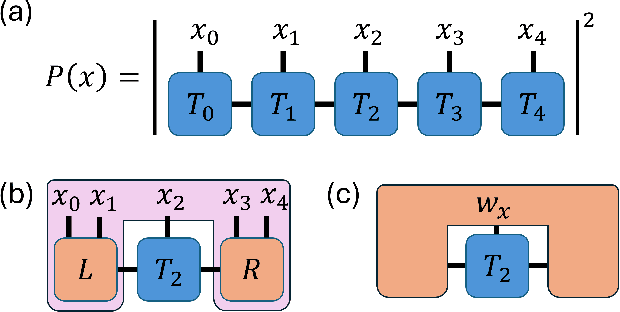
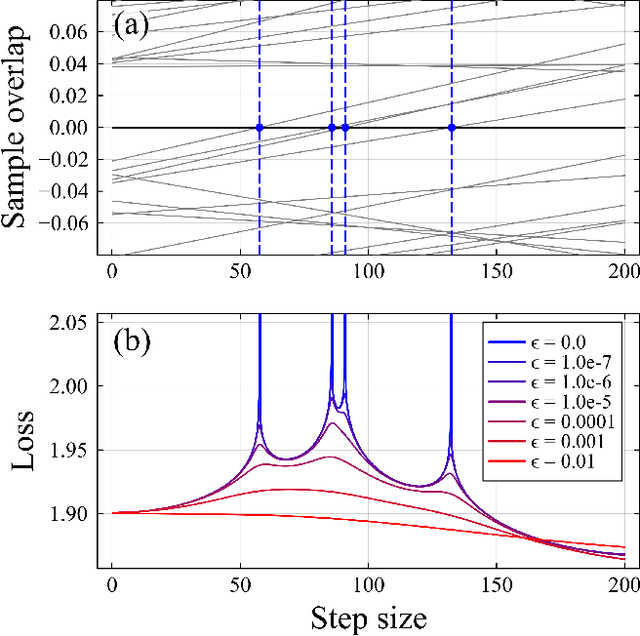
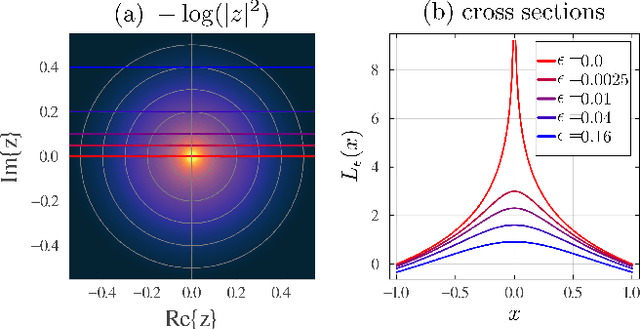
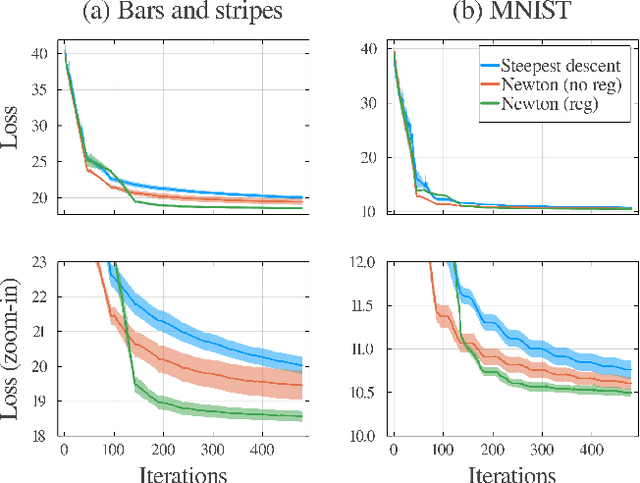
Abstract:Tensor-network Born machines (TNBMs) are quantum-inspired generative models for learning data distributions. Using tensor-network contraction and optimization techniques, the model learns an efficient representation of the target distribution, capable of capturing complex correlations with a compact parameterization. Despite their promise, the optimization of TNBMs presents several challenges. A key bottleneck of TNBMs is the logarithmic nature of the loss function that is commonly used for this problem. The single-tensor logarithmic optimization problem cannot be solved analytically, necessitating an iterative approach that slows down convergence and increases the risk of getting trapped in one of many non-optimal local minima. In this paper, we present an improved second-order optimization technique for TNBM training, which significantly enhances convergence rates and the quality of the optimized model. Our method employs a modified Newton's method on the manifold of normalized states, incorporating regularization of the loss landscape to mitigate local minima issues. We demonstrate the effectiveness of our approach by training a one-dimensional matrix product state (MPS) on both discrete and continuous datasets, showcasing its advantages in terms of stability, efficiency, and generalization.
 Add to Chrome
Add to Chrome Add to Firefox
Add to Firefox Add to Edge
Add to Edge